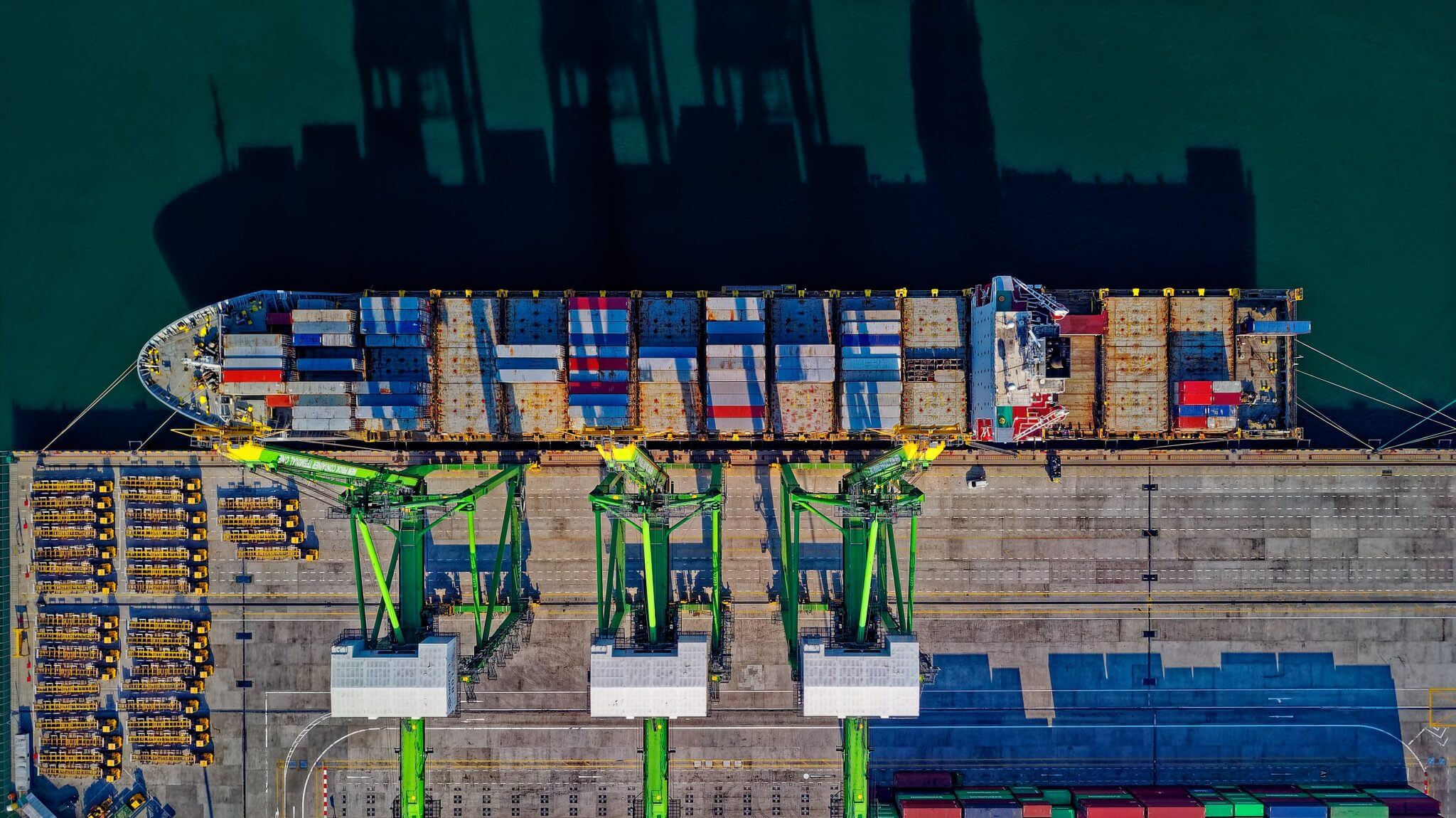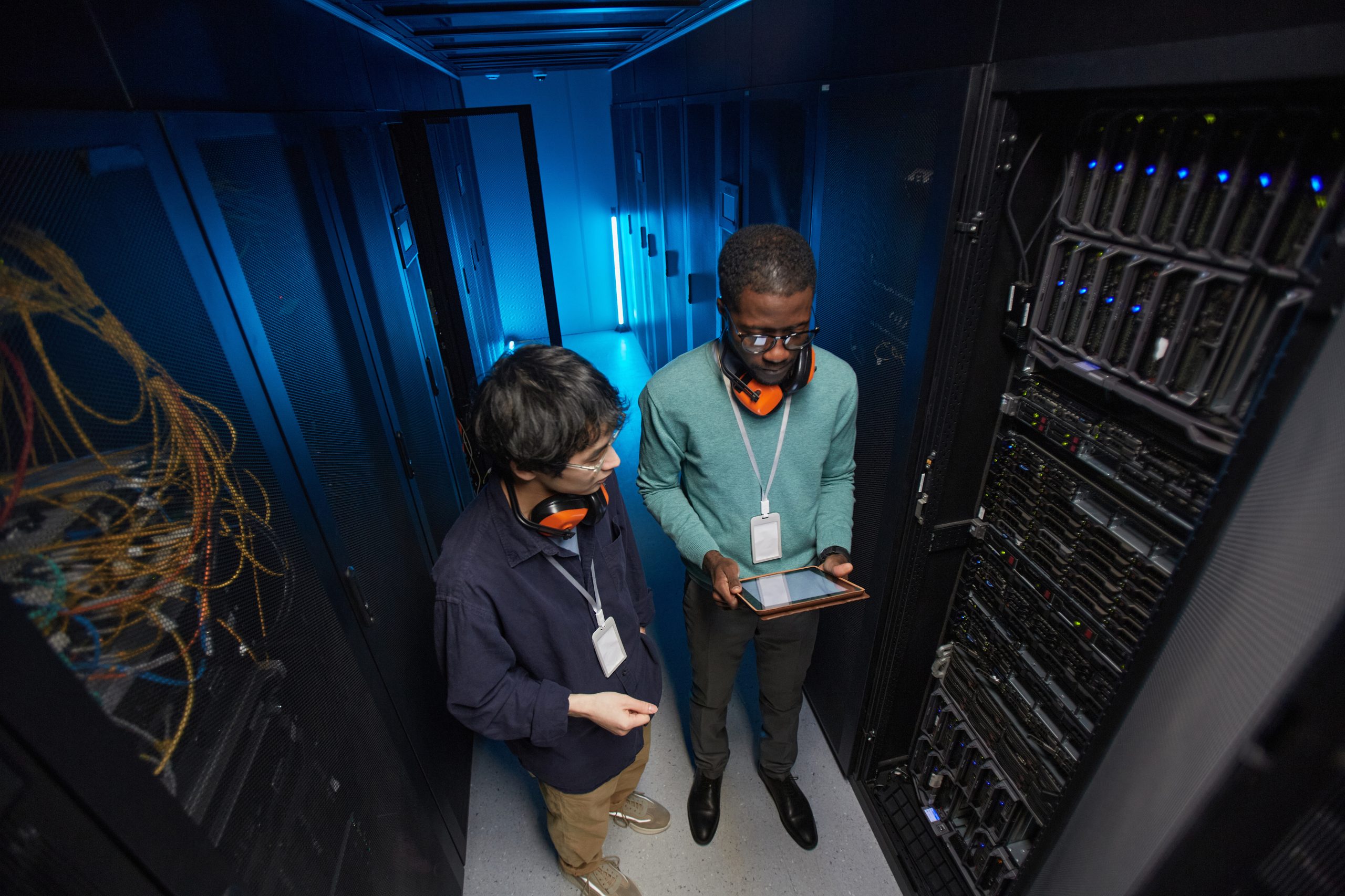A notable cyberattack has caused disruptions at key Australian ports, as DP World, a major port operator, identified an IT breach impacting critical systems. This breach resulted in delays and congestion at major ports in Brisbane, Sydney, Melbourne, and Fremantle, handling approximately 40{39e37070b3f55e0471ddc18c12cea5de2b2fb5248dec69a89d59c3ad014b0f62} of the nation’s container trade. In a rapid response, DP World effectively contained the breach by promptly shutting down access to port networks.
The timing and scale of the attack, occurring on a Friday night when fewer staff were on duty, suggest a targeted effort. DP World’s role in handling a significant portion of Australia’s trade makes such attacks a serious threat to the nation’s economy and security.
The attackers’ identity and motives remain undisclosed, but the advanced nature of the attack suggests the potential involvement of a foreign state actor with intentions to compromise Australia’s national interests.
This incident highlights the increasing vulnerability of the maritime industry to cyber threats, as seen in previous attacks on European ports and maritime software. Understanding CTI can play a crucial role in preventing or mitigating the impact of cyberattacks on Australia’s critical national infrastructure.
Here’s how:
- Early Detection of Threat Indicators. CTI involves monitoring and analysing information about potential threats. Early detection of threat indicators, such as unusual network activity or known malicious signatures, can alert organisations to impending attacks.
- Identifying Vulnerabilities. By staying informed about emerging cyber threats and vulnerabilities specific to your industry, organisations can proactively address and patch potential weaknesses in their systems before attackers exploit them.
- Attribution of Threat Actors. CTI often includes information about the attribution of cyber-attacks to specific threat actors or groups.
Understanding who might be behind an attack allows organisations to tailor their defences and responses accordingly. - Strategic Timing and Tactics. Awareness of CTI can provide insights into the tactics, techniques, and procedures (TTPs) commonly used by threat actors. For example, knowing that after-hours and weekends are favored times for cyber-attacks could prompt heightened security measures during those periods.
- Information Sharing and collaboration Effective cybersecurity relies on information sharing and collaboration. Organisations need to be part of a robust information- sharing network with other organisations, government agencies, and cybersecurity entities, which allow you to receive timely warnings and insights about potential threats.
- Awareness of Emerging Threats. Armed with intelligence about the evolving cyber threat landscape, organisations can implement more comprehensive and proactive cybersecurity measures. This might include adjusting incident response plans, conducting targeted training for staff, and ensuring that systems are prepared to detect and respond to specific threats.
- Continuous Monitoring and Analysis. CTI involves continuous monitoring and analysis of emerging threats. By actively and continuously monitoring your networks and systems, you can identify anomalous activities early on, potentially thwarting attacks before they cause significant disruption.
A well-informed and proactive approach to CTI can empower our critical national infrastructure organisations to detect, prevent, or minimize the impact of cyber-attacks on their critical operations. The CTI experts at Ravinn will enable you to answer these intelligence questions through tailored research and high confidence assessments, helping you to prepare and respond to current and emerging threats in your environment.
Get in touch with us today to discuss our CTI capability and how it can help your organisation.



